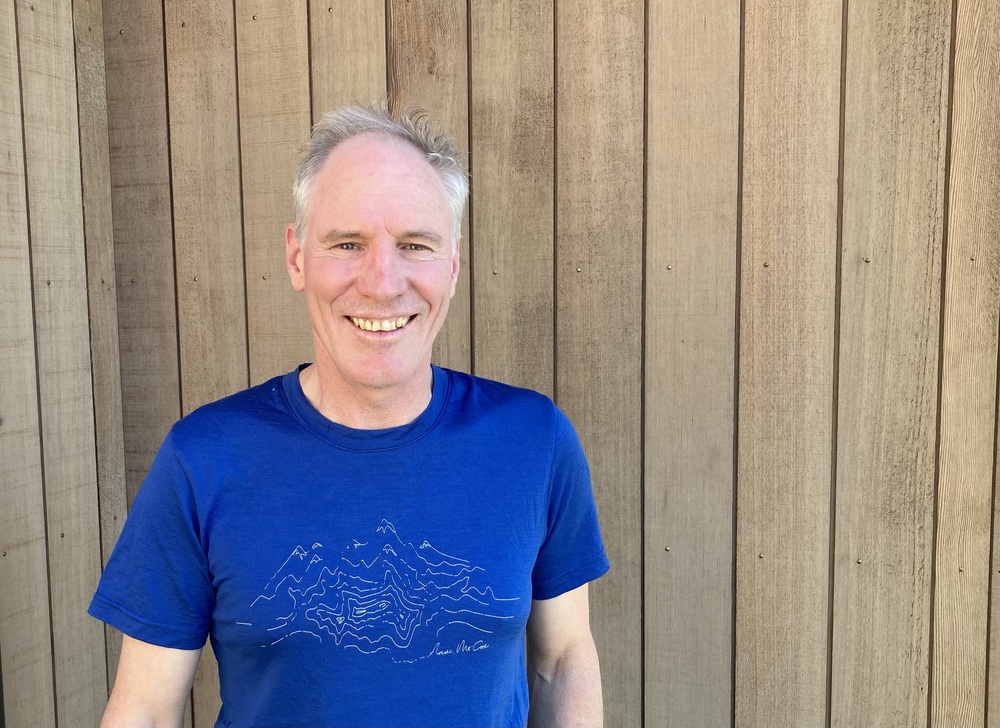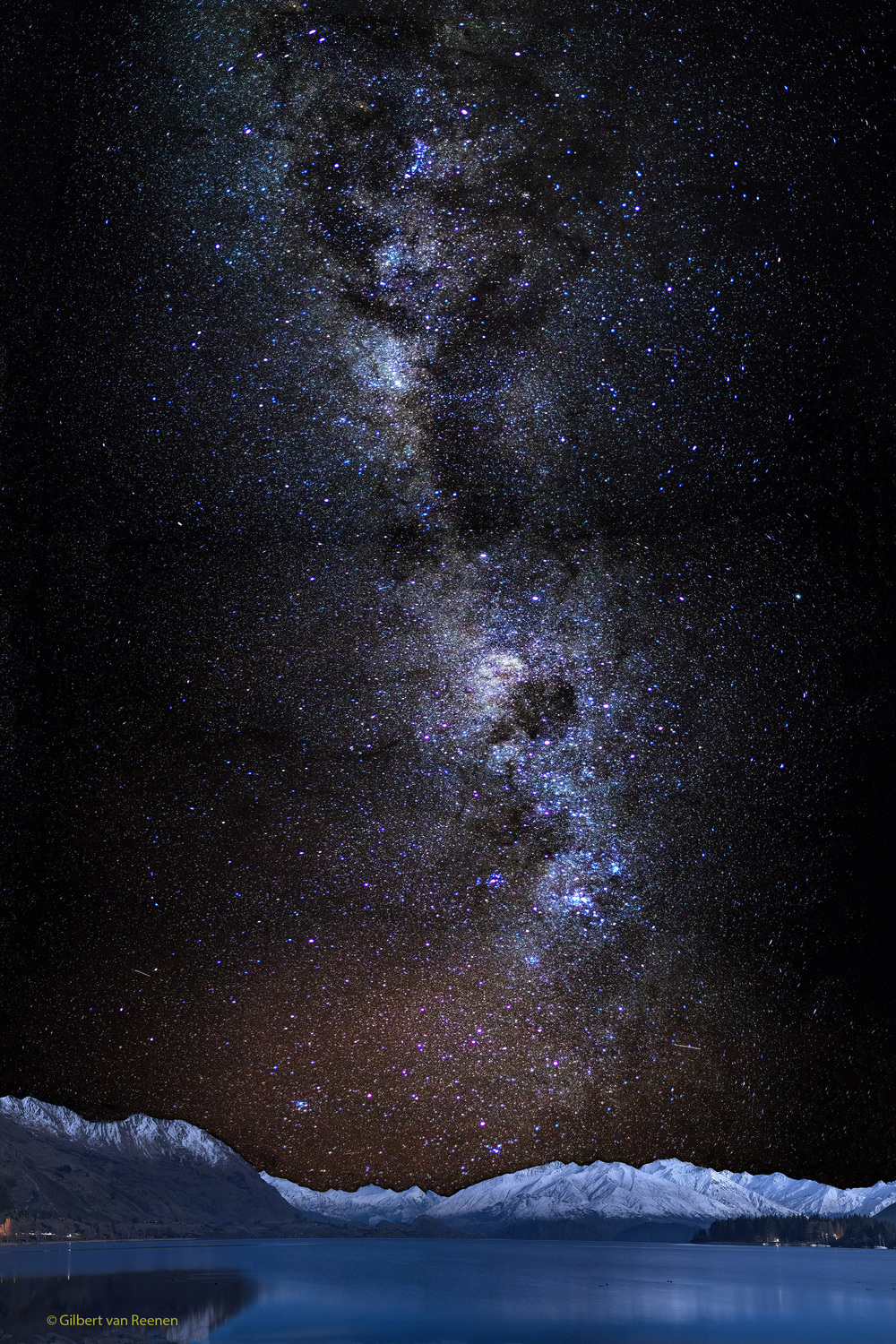Reducing light pollution should be priority - local scientist
Sue Wards
16 August 2022, 5:06 PM
 The Longview development already has tall street lights in place. PHOTO: Wānaka App
The Longview development already has tall street lights in place. PHOTO: Wānaka AppA Lake Hāwea resident is hoping to ignite interest in reducing light pollution in the Hāwea area.
Warren Chinn, an ecologist, entomologist, and technical science advisor for the Department of Conservation says he wants to get locals excited about the idea of “a reduced human footprint” in lighting.
He said “good quality darkness” is a natural history value like good quality water.
The scope of what can be seen in the night sky in cities is much more limited, he says, while here “we have the full sweep of the solar system”.
“It’s like a silent orchestra, and gives you perspective. It’s a necessary reminder of our insignificance.”

Warren Chinn PHOTO: Wānaka App
In the year Warren and his family have lived at Lake Hāwea he has noticed an increase in light pollution.
To reduce the effect on lighting, “positive and optimistic thinking is needed” and it needs to be at the forefront of developers’ minds, he said.
Warren considers the main contributors of light pollution to be street lights, house lights (for example outdoor and feature lights), car LED headlights, and pivot irrigator strobe lights.
“The worst offenders are street lights.”
He accepts that as houses are built and the population grows there will be more lighting, but pointed to a range of mitigators being used elsewhere.
In the Mt Cook area low bollards are used (with lights projected downward) in the place of tall street lights, which Warren says are an example of thoughtful planning and foresight.
He also suggests low intensity lighting, lights on a motion sensor, and light sensitive lighting which dims when the moon is bright (although said he “may have just invented” those).
‘Vegetation corridors’ have also been used in some places to reduce the impact of car lights on neighbouring houses.
The milky way over Lake Wānaka. PHOTO: Gilbert van Reenen
Some animals benefit from darkness, Warren said, and some are negatively affected by too much light at night.
Warren says getting an astronomy club involved, offering dark sky tours, and getting schools and young people participating could build local momentum for the cause.
Warren would also like the Hāwea community to consider creating a ‘dark sky reserve’ - an area that restricts artificial light pollution where people can go to enjoy the night sky.
A dark sky reserve is one of the ideas being considered for the Hāwea Masterplan currently underway, Hāwea Community Association member and project leader Cody Tucker told the Wānaka App.
The $8,000 project (funded by the Queenstown Lakes District Council) arose from a Shaping Our Future community workshop which produced a report outlining “the wants and needs of the community”.
Cody said the plan will ensure allocation of “spaces that enrich community”, and “establish an aesthetic/feel for the town”.
Read more: Council funds Hāwea to undertake its own ‘masterplan’
Warren believes there is no time to lose on curbing light pollution.
“Someone needs to champion the night sky. I would like to start building up momentum on the ideas,” he said.
The nearby Aoraki Mackenzie International Dark Sky Reserve offers “astro-tourism” and stargazing experiences.
Local photographer Gilbert van Reenen told the Wānaka App he has been interested in photographing the night sky for decades, but it has become increasingly harder to do it in this area as light pollution encroaches.
“This stuff just blows your mind, it’s so beautiful,” he told the Wānaka App.
Gilbert took part in the RenewArt exhibition in October 2020 organised by the Three Lakes Cultural Trust.
He displayed photographic images of the night sky above the Upper Clutha, and noted: “The clarity and detail evident in the intricacies of our own galaxy, the Milky Way, viewed on a clear night above our southern lakes are a stark reminder of the fragility of the very thin membrane that sustains life on our planet and separates us from that vast universe beyond.”






